The 4-star rated inspection analysis tool Majordomo now has an app for quickly rating the quality of a home before an official inspection called Domoscore.
Blog
Month: <span>September 2020</span>
How do you monitor your brand? You’re a busy entrepreneur, who probably doesn’t have time to get bogged down in minutiae of scouring the internet, looking for brand mentions. Here are a few (mostly free) shortcuts.
The brand is setting up shop in the suburbs north of New York City — just as President Trump seeks to characterize it as “ground zero” for crime.
NAR Chief Economist Lawrence Yun said he believes home sales will be slightly ahead of 2019, and then up even more in 2021, rising 8 percent year over year.
After 10-straight weeks of mortgage loans in forbearance declines, the total number of loans in forbearance appears to have flattened out at 7.20 percent.
The acquisition will allow the company to increase its international footprint since Stratis IoT is currently used in over 380,000 units across the globe.
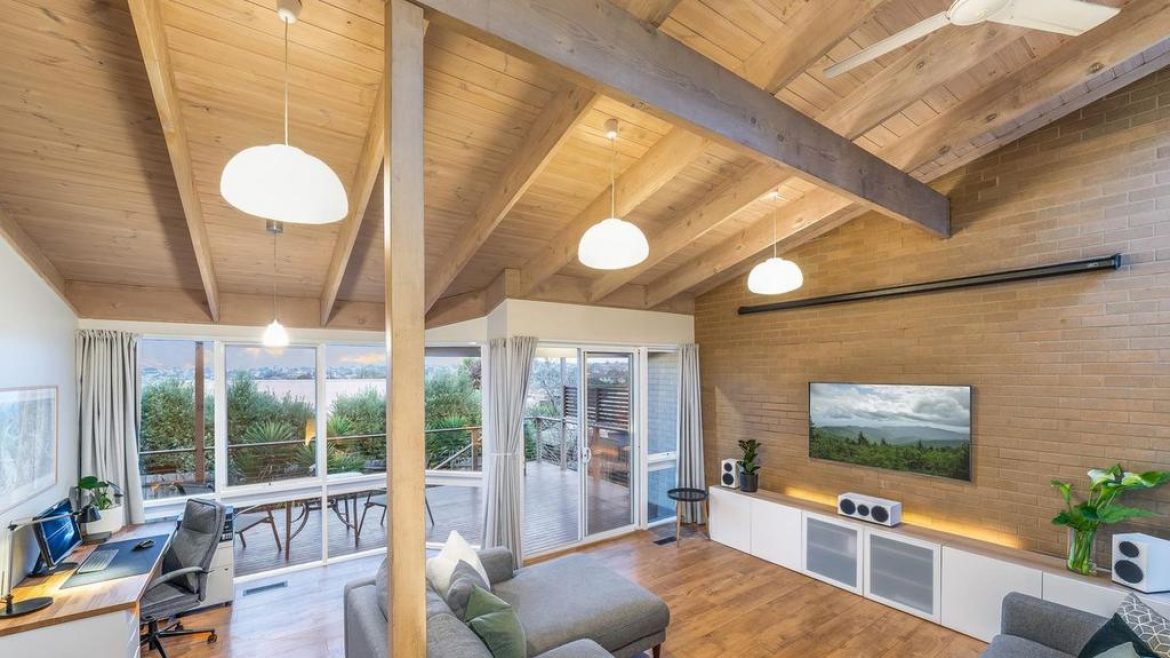
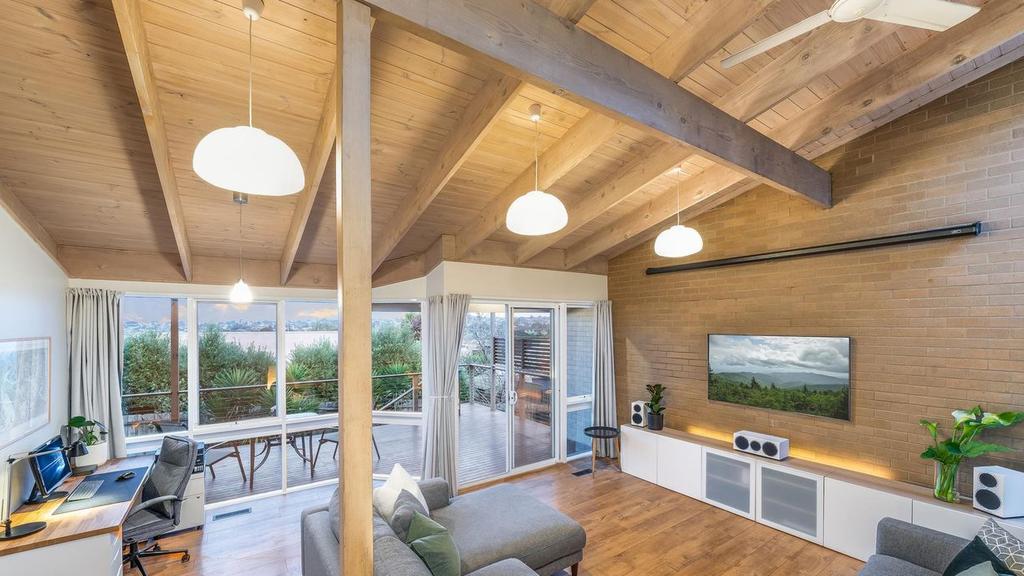
23 Tettenhall Ridge, Belmont, sold for $655,000 at auction.
EIGHT first-home buyers joined an online auction as a renovated 1970s character home in Belmont sold $35,000 over its reserve price.
The buyers punched in bids to an auction app chasing the keys to the four-bedroom house on Saturday.
The brick veneer house at 23 Tettenhall Ridge sold for $655,000.
RELATED: ‘Dragon scale’ house sells in one week
Geelong waterfront house smashes reserve by $365K
Why Aussie housing is getting scrambled
Bidding opened at $579,000, with seven in the running when the price hit the $620,000 reserve.
The eighth bidder entered the fray as bidding neared $650,000.
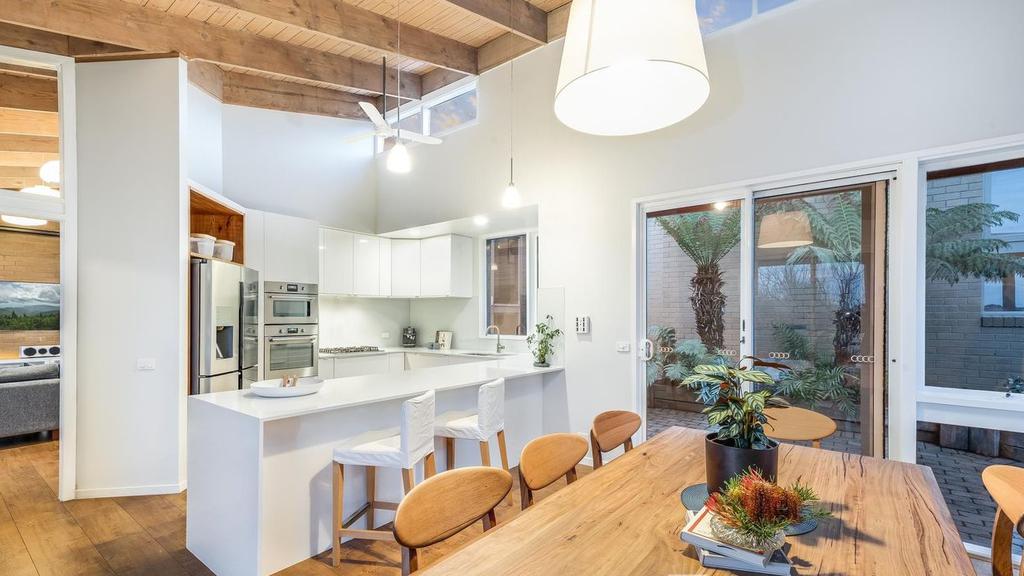
23 Tettenhall Ridge, Belmont, sold for $655,000 at auction.
Barry Plant, Highton agent Kieron Hunter said the character and presentation were driving buyers to the property, quoted below $600,000 during the campaign.
The kitchen and bathroom were new additions.
A Highton couple bought the 631sq m property, Mr Hunter said.
“Everyone who was bidding on it was a first-home buyer,” he said.
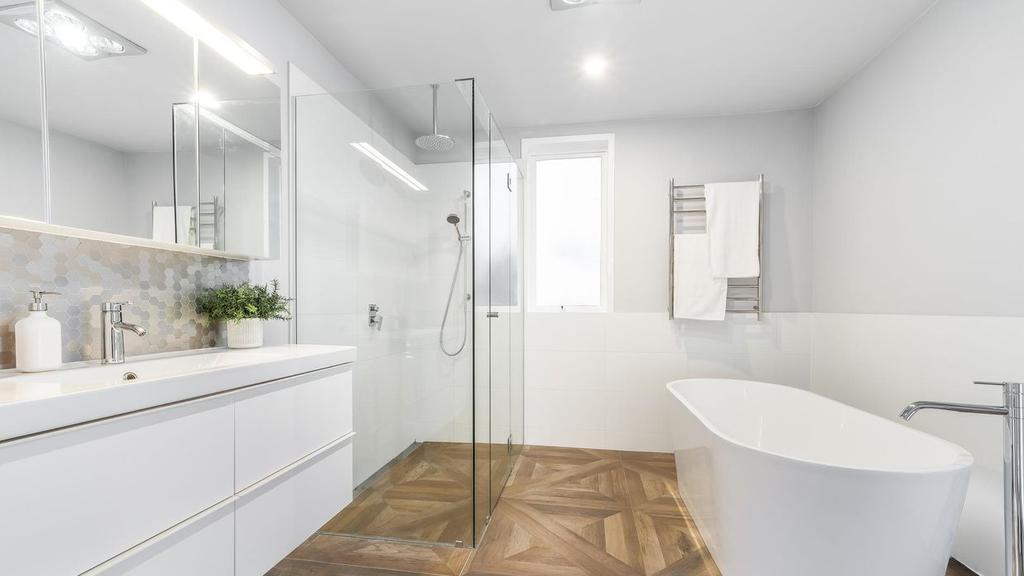
23 Tettenhall Ridge, Belmont, sold for $655,000 at auction.
“Everyone loves that character from the 1970s now. Anything mid century, anything with high ceilings now is really sought after.”
First-home buyers are making the most of their chances to break in to the property market amid the COVID-19 pandemic, with incentives like stamp duty concessions extended until 2021 and record low interest rates.
“They see it as a good opportunity to get in the market,” Mr Hunter said.
“It’s the most competition I’ve seen, really since 2017-18.”
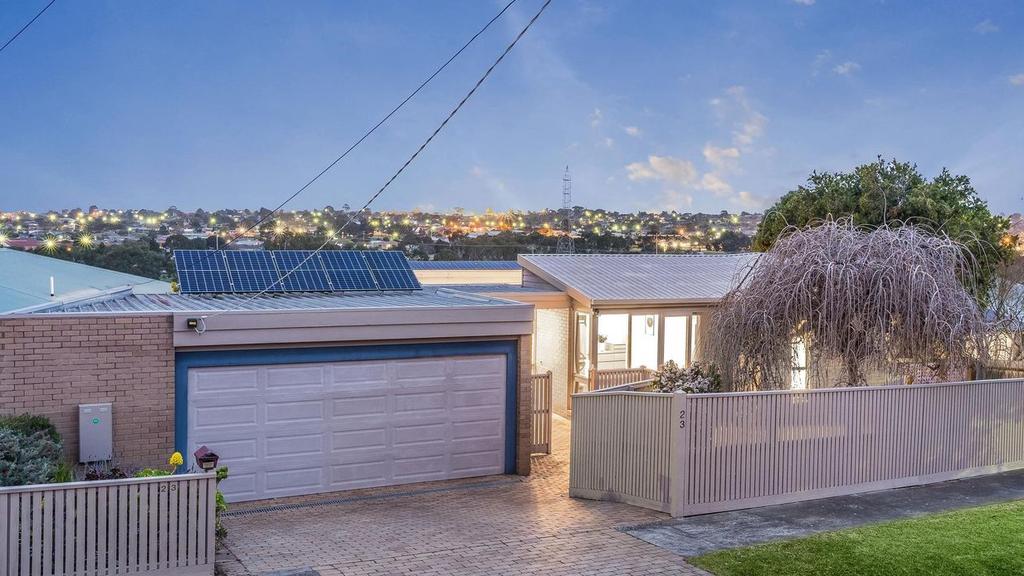
23 Tettenhall Ridge, Belmont, sold for $655,000 at auction.
Low stock on the market also helped drive competition.
“I’m sure there is every reason why they want to buy,” he said.
“They are sick of paying rent.
“The rates have come down or maybe they’re still living at home with their parents and being in lockdown gives them a better excuse to get out there.
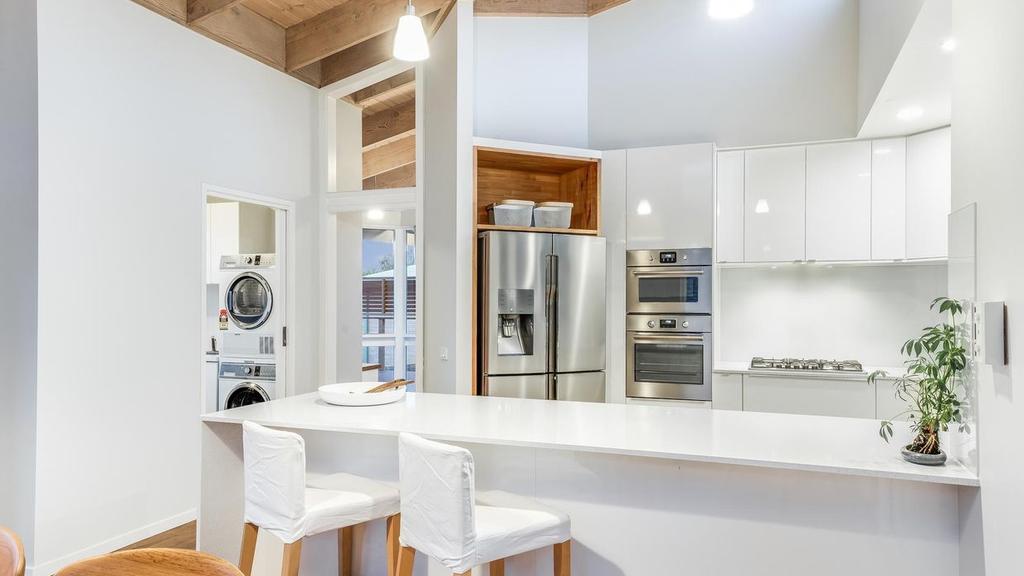
23 Tettenhall Ridge, Belmont, sold for $655,000 at auction.
“But the low interest rates just pave the way for them if they’ve got their deposits.”
Victorian Treasurer Tim Pallas last week revealed about 2000 first-home buyers in Geelong received stamp duty waivers or concessions on properties valued under $750,000 in 2019-20.
MORE NEWS: How much you need to earn to live in Geelong
Regional interest ramps up: Geelong, Bellarine house hunters top picks
Geelong’s most wanted streets reveal our search for lifestyle and trophy homes
The post Eight first-home buyers compete for 1970s era Belmont property appeared first on realestate.com.au.
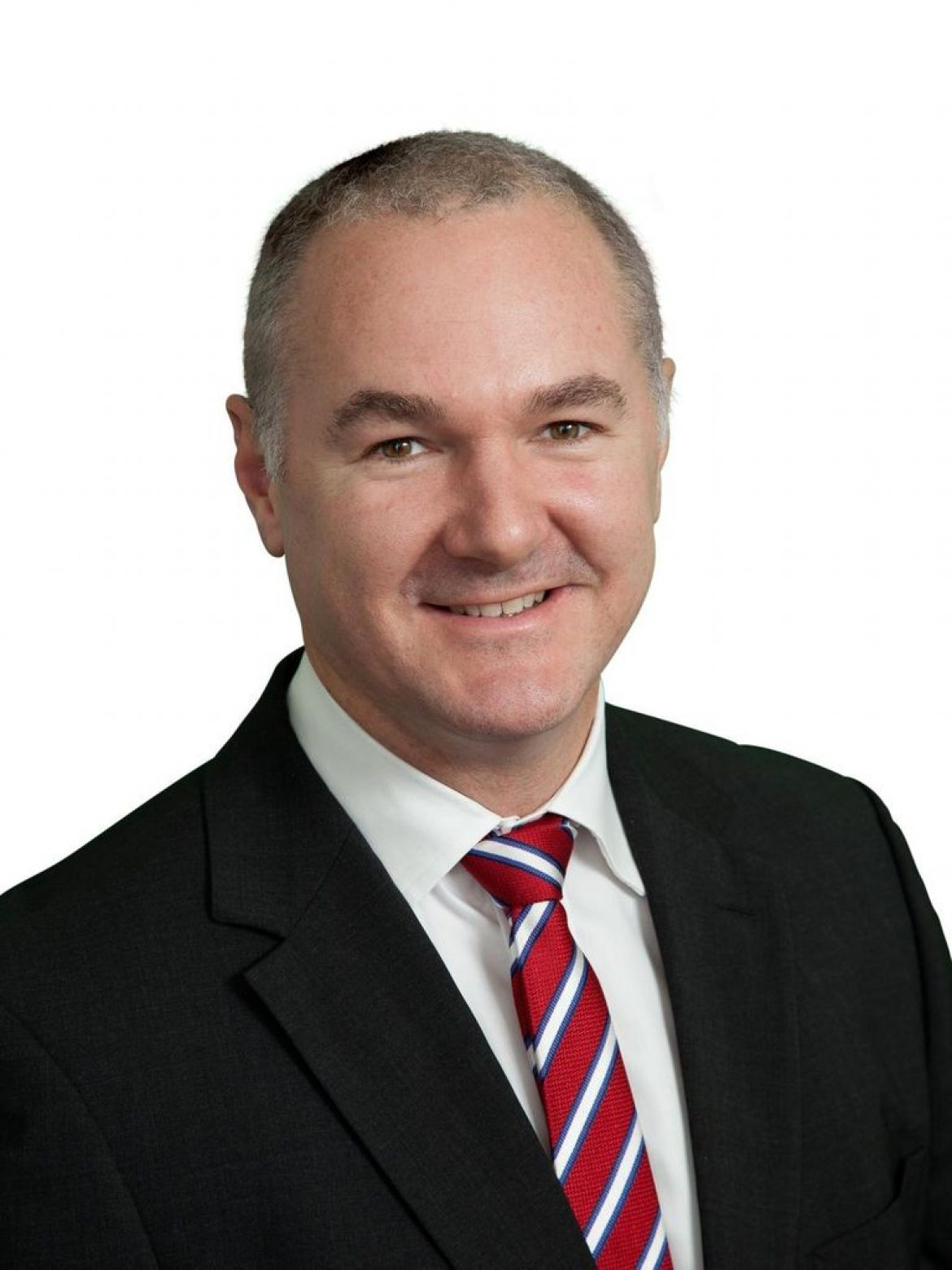
HOBART has outperformed Australia’s major capital city property markets, recording another small rise in median dwelling values despite COVID-19.
The city recorded a dwelling (house and units) value increase of 0.1 per cent in August despite a national decrease in values of 0.4 per cent.
Houses saw the biggest monthly increase, up 0.3 per cent, but a 0.7 per cent decrease in unit values clawed back the dwelling average increase, according to the CoreLogic Hedonic Home Value Index for August.
Melbourne, which is in the grips of a strict level four lockdown due to outbreaks of the novel coronavirus, saw a decline of 1.2 per cent (overall dwelling values) over the same one month period.
Sydney saw declines of 0.5 per cent, while Brisbane posted a 0.1 per cent drop.
The best performing city was Darwin, which saw values increase by 1 per cent in August, albeit of several years of declining values.
MORE REAL ESTATE NEWS: How much you need to earn to buy in Hobart
Hobart hovel sells in auction frenzy
Most popular Tassie homes so far this year
CoreLogic’s head of research Tim Lawless said the performance of each housing market was “intrinsically linked with the extent of social distancing policies and border closures which also have a direct effect on labour market conditions and sentiment”.
“The Melbourne housing market is the main drag on the headline results,” he said. “Through the COVID period to date, Melbourne home values have fallen by 4.6 per cent.”
In Hobart, dwelling values increased 0.3 per cent over the last quarter and 5.5 per cent over the past 12 months, with median values (houses and units) reaching $490,743.
“Looking forward we are likely to see a diverse outcome for housing markets around Australia, depending on how well the virus is contained and the regions exposure to
other factors such as its reliance on overseas migration as a source of housing demand,” Mr Lawless said.
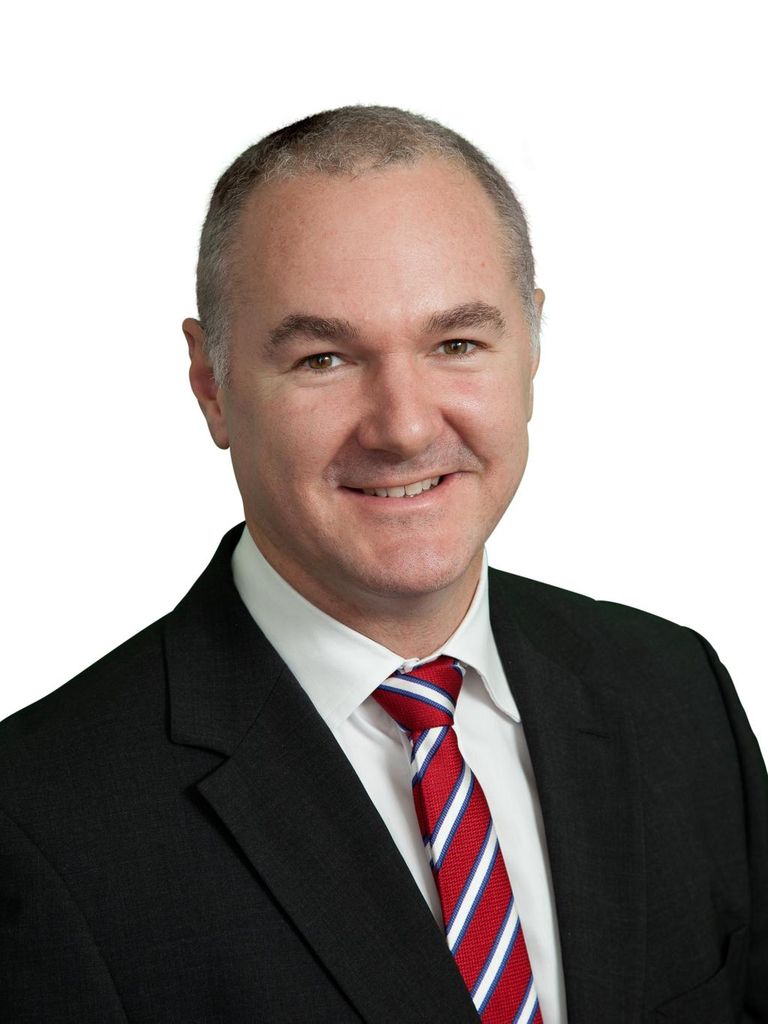
Tim Lawless
Tasmania’s borders have been slammed shut since March 19, with Premier Peter Gutwein recently announcing the moat would remain in place until at least December 1.
The state has just one active case – a man in hospital who returned from Melbourne after seeking medical treatment in August.
Low levels of cases and eased restrictions in many regional markets is just two of the factors holding up the smaller markets.
The data shows the best performing markets besides Hobart are Adelaide and Perth (0.0% change), Canberra (up 0.5%) and Darwin (up 1%).
All of those markets have zero or minimal cases and more freedoms.
Mr Lawless said regional markets also tended to be less reliant on overseas migration.
“Regional markets may also be appealing for their relatively low density and lower price points,” he said.
“The normalisation of remote work through the pandemic could make proximity
to major cities less of a factor in home purchasing decisions.”
Anecdotally, local real agents are reporting an uplift in interstate buyer inquiry, particularly from Victoria.
Petrusma Property Hobart/Sandy Bay managing director and auctioneer Sam Towns said he had sold properties to “plenty of interstate buyers”, with a number prepared to buy sight unseen.
He said border closures meant buyers were able to do virtual tours of homes instead.
“They are from all over (Australia),” he said. “I think people are seeing Hobart and Tasmania as a bit of a sanctuary.
“If they can’t move immediately, they are certainly wanting to make the move here one day.
“And if their job can be done remotely, that creates flexibility.”
Mr Towns said the key suburbs being looked at by interstate buyers were those closest to the CBD – West Hobart, Sandy Bay, Battery Point and the like.
He said Hobart offered great views, lifestyle, proximity to the city, lifestyle and relative affordability compared to the likes of Sydney and Melbourne.
Charlotte Peterswald for Property sales manager Debbie Heron said interstate buyer inquiries were “trickling in” but she expected that change dramatically once the border opened.
“Once borders open, the Hobart market will go ballistic,” she said. “In the interim, locals are taking advantage of less competition.”
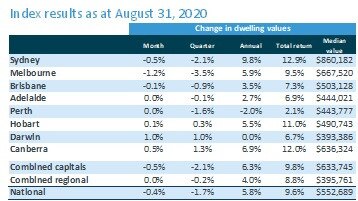
CoreLogic Hedonic Home Value Index August 2020 – Change in dwelling values (houses and units combined)
The post Hobart defies COVID-19 odds to record price growth appeared first on realestate.com.au.
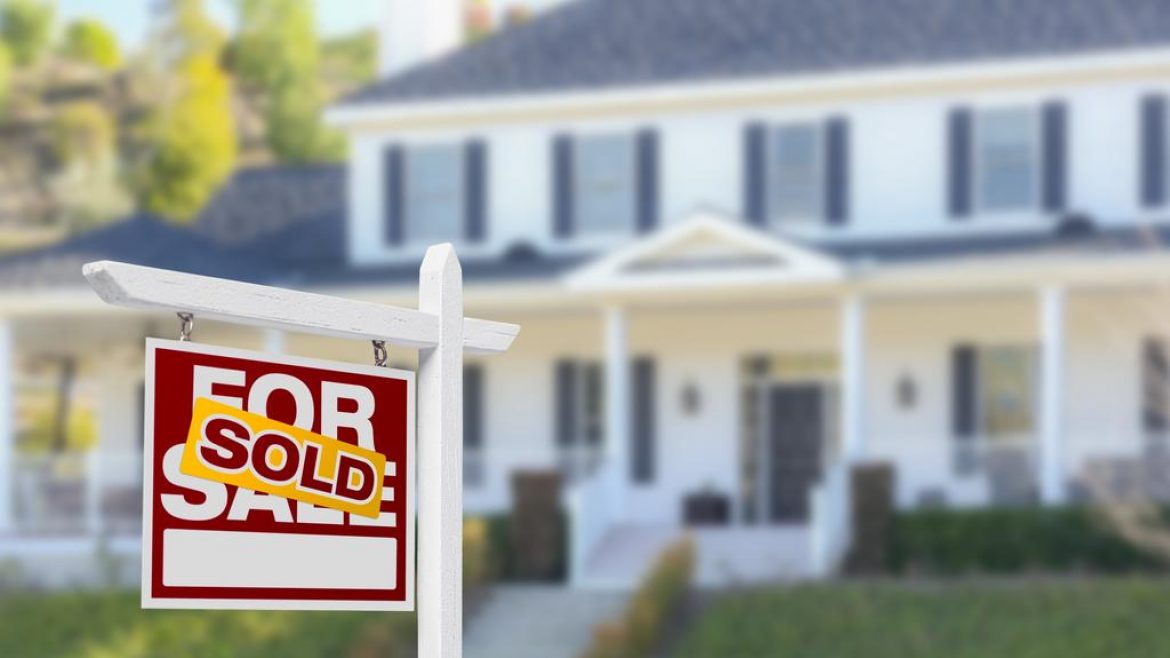
COMMENT
Heading into the traditional spring selling season, Sydney’s residential listing numbers are slightly down on the same time last year.
This reduced level of advertised inventory has been a key factor in insulating homes from sizeable price falls through the COVID-19 pandemic to-date.
So far there has been only limited distressed listings, and mostly from investors with empty apartments or no job, rather than owner occupiers, although this could change as fiscal support tapers off and the banks get nervous about their home loan arrears.
MORE: Home prices defying COVID-19 fears
Falls in home prices slow across Sydney
If Sydney does see a dramatic spike in listings, and that does come most springs, it will lead to vendors needing to offer higher discounts to get their house sold. But sellers have yet to be forced into any serious discounting as they meet the new emerging market.
Vendor discounting for private treaty Sydney listings sits at 2.5 per cent for houses and 2.4 per cent for units, according to CoreLogic, which suggests estate agents are doing a great job on pricing to meet the market.
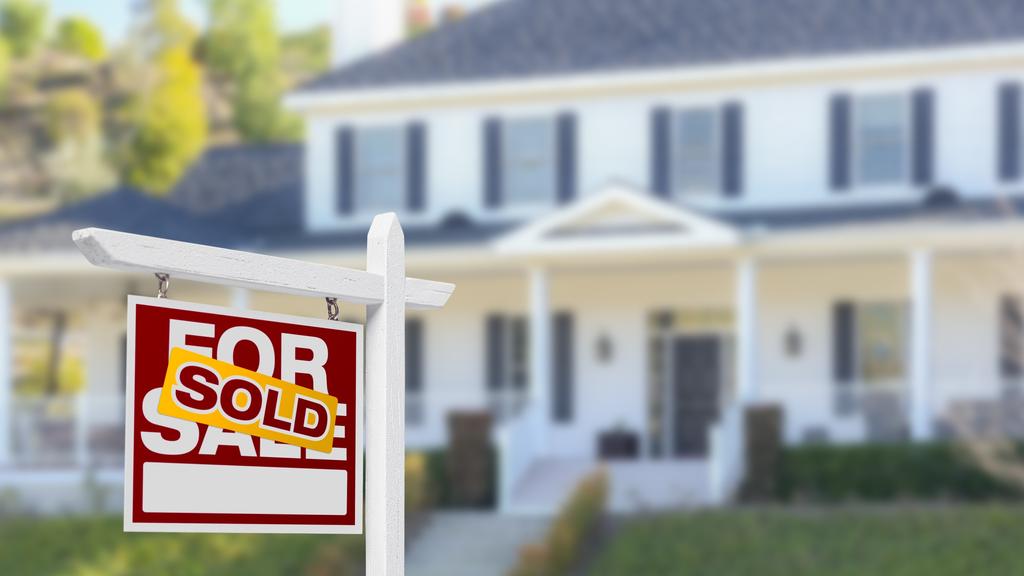
Vendor discounting has remained relatively low so far.
Houses have been taking 41 days and units 44 days to sell during the late winter months, which given the circumstances is a terrific time frame.
Other than homeowners retaining jobs, the next biggest issue whether Sydney’s housing markets can remain relatively resilient is the reopening of international borders, which isn’t going to happen anytime soon.
But the absence of foreign buyers has certainly assisted first time buyers into the more affordable apartment market.
The Federal Budget on October 6, and the NSW budget on November 19, will help shape the direction of housing markets, with no doubt additional policy measures.
The post Low listing levels have kept housing market from plunging appeared first on realestate.com.au.
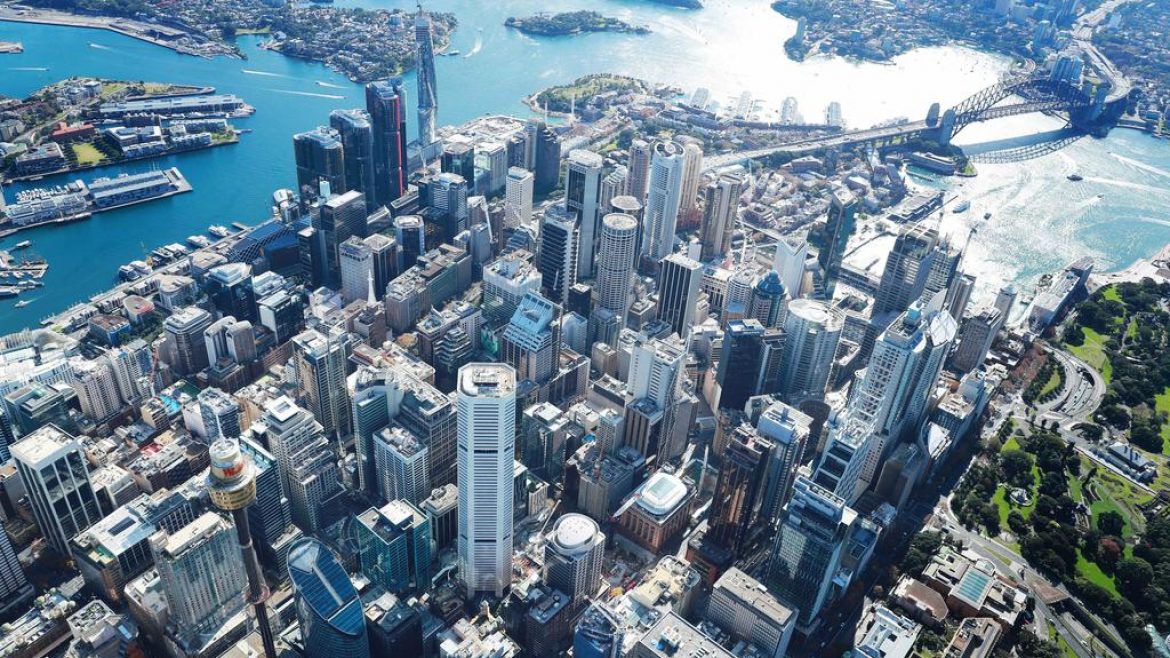
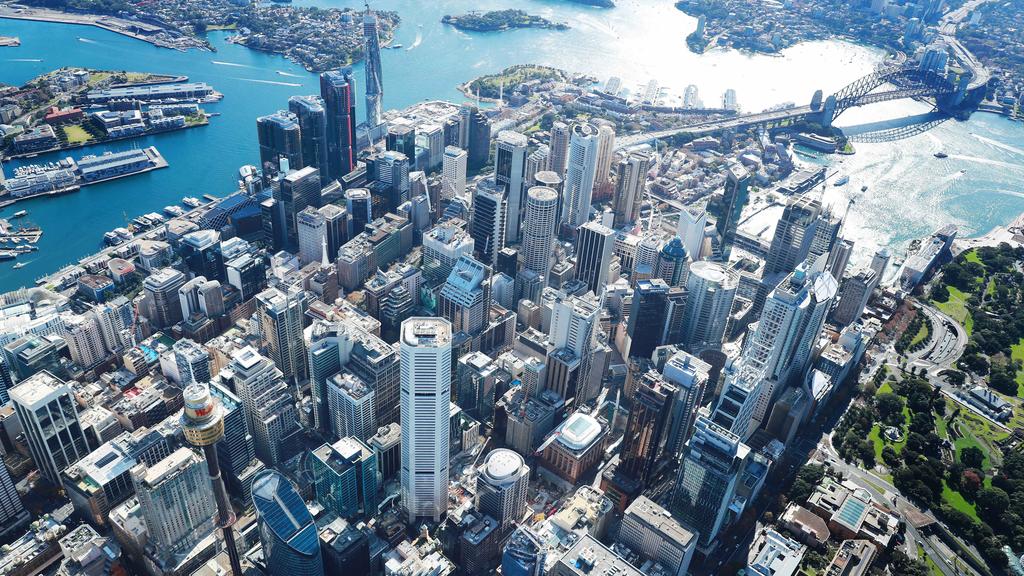
CBD apartments are among the weaker Sydney markets. Picture: John Feder
Falls in Sydney home prices have been slowing over the past month but the market will be on a knife edge this spring as government and banks scale back support for struggling households.
The median home price inched down 0.5 per cent over August, nearly half the rate of decline recorded over July, according to CoreLogic’s hedonic home value index published Tuesday.
The median price of a Sydney home is now about $860,000 – 2.6 per cent lower than it was four months ago but 9.8 per cent higher than a year ago.
MORE: Home prices defying COVID-19 fears
BridgeClimb engineer scores $10m-plus sale
CoreLogic noted there was wide variance in price movements across city regions.
Higher end markets such as the Sutherland Shire and northern beaches, along with Parramatta and Ryde, recorded the biggest declines in values.
Prices in much of the Greater Western Sydney area were more resilient, with values in the southwest, Blacktown and Hills region recording only minor falls.
The biggest fall was observed in the northern beaches, with a 1.5 per cent average drop over August, while the best performing market was the Central Coast with a 0.3 per cent rise.
CoreLogic analyst Eliza Owen said the falls in pricier regions were typical of the start of housing downturns.
Prices tended to fall in more expensive markets first and the weakness then “rippled out” to cheaper suburbs, she said.
“The Central Coast is probably lagging Sydney, while in the more expensive areas there may be more willingness for vendors to adjust their expectations,” Ms Owen said. “More expensive areas are also more volatile because they had larger price rises before the pandemic.”

CoreLogic’s Eliza Owen said vendors may be adjusting their price expectations.
Ms Owen described the market as “stable” but with high “downside risk” because of the potential for another outbreak and further job losses, which would thin the pool of buyers.
She pointed to Melbourne as an example of what would happen to Sydney if there was another outbreak. Melbourne median price dropped 1.2 per cent for the month and 5.6 per cent over the past four months – which Ms Owen said was “significant”.
Prices were largely unchanged in Brisbane, Adelaide and Perth.
CoreLogic’s head of research Tim Lawless said Sydney price falls were lower than last month due to buoyant buyer activity and fewer homeowners listing their properties, which meant sellers didn’t need to make major price cuts to get their homes sold.
Bank support for homeowners such as mortgage deferral periods also prevented a widespread rise in distressed sales that would otherwise drag down prices.
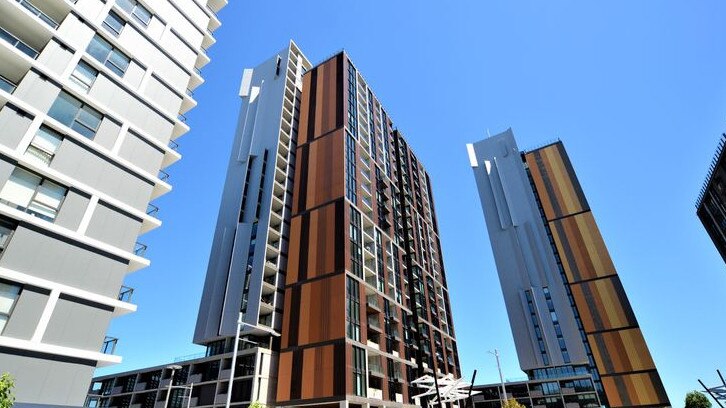
Buyers are more likely to get discounts in areas with lots of high density units.
“This could potentially change as fiscal support starts to taper at the end of September and distressed borrowers taking a repayment holiday reach their six month check-in period,” Mr Lawless said.
“The timing of these two events could be the catalyst for a gradual rise in distressed listings … it could signal that vendors will need to offer up greater discounts.”
My Housing Market economist Andrew Wilson said the region most in danger of mass distressed sales was the CBD and its surrounds.
Landlords in the area were struggling to tenant their properties due to travel restrictions, which kept away international students and travellers who normally rented their homes out, he said.
Realestate.com.au chief economist Nerida Conisbee said the market was more uneven than normal. “You might get a bargain on a CBD unit, but not a luxury Bronte house – differences in the market have become more extreme.”
HOME PRICE MOVEMENTS IN SYDNEY REGIONS
(by three-month change)
Central Coast 0.5%
Hills region -1.6%
Blacktown -0.9%
City and inner south -1.4%
Eastern suburbs -1.0%
Inner southwest -2.6%
Inner west -2.9%
North shore -2.8%
Northern beaches -3.8%
Outer southwest -0.6%
Outer west and Blue Mountains -1.0%
Parramatta -2.6%
Ryde -2.5%
Southwest -1.9%
Sutherland Shire -3.9%
Greater Sydney -2.1%
Source: CoreLogic, includes data for houses and units
The post Sydney housing market ‘uneven’ as price changes vary across regions appeared first on realestate.com.au.
